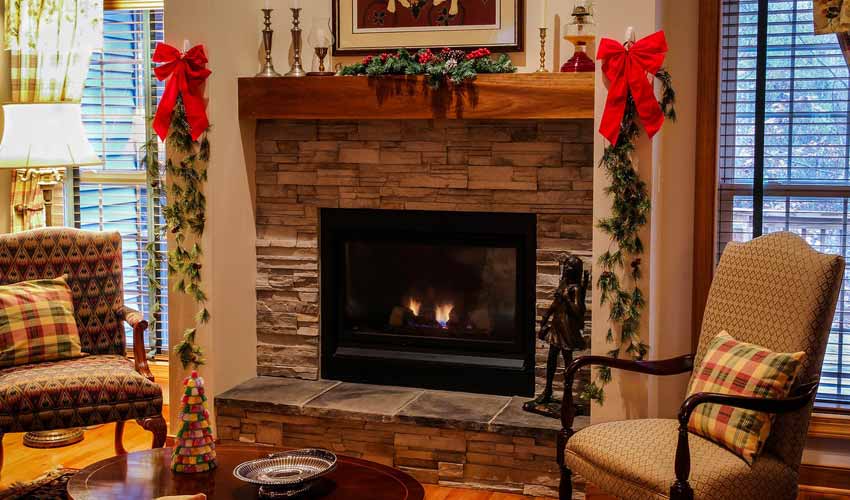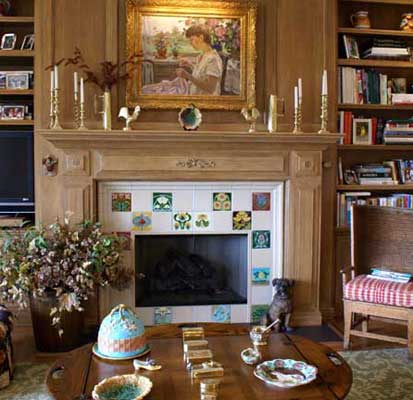A Fireplace Will NOT Heat Your Home!

A nice fire in a fireplace is a great way to warm up your house in the winter. Right? Wrong. A fireplace will not heat your home.
That would seem logical that a fireplace would be a great way to heat a home. After all, when you sit by the fire, you get warmed up. But sometimes what seems logical is not really logical, at all. Let me help you separate fireplace fact from fireplace fiction.
You might think fireplaces offer an available (and renewable) source of fuel and they are easy to use. But the fact is they actually take more heat out of your house than they add. The reason this happens is because hot air rises. I’ll explain.
Hot Air Rises
When you light your fireplace, you want the fireplace and chimney to “draw” well. You want the smoke to go up the chimney, not down, so the house will not fill up with smoke and asphyxiate (kill by suffocation) the inhabitants. In order for the smoke and hot air to go up the chimney and leave the house, fresh air must enter the house from somewhere else to replace it. The air must flow, just like water does. It’s physics. Because the hot air is much less dense (lighter) than the room air, it rises with some pressure and actually sucks air in behind it. Air comes into the house to replace the warm, rising air. This incoming air is known as “make-up air” in the Heating and Air-Conditioning world. It makes up for the air that went up the chimney.

Now think about where the make-up air comes from. Air gets sucked into the house through every crack and crevice it can find. It comes in through cracks around windows and doors. It comes in through the vents in your bathroom, dryer, and kitchen hood where the air is supposed to go out when the fans are running. But when the fans are not running, air can seep in from outside.
Even a Well-Built House has Many Places Where Air Can Enter
Outside air comes in through a million little cracks most houses have around electrical outlets, under baseboards, and around recessed light fixtures in the ceiling. In fact, the average house has enough cracks and gaps to equal the area of a completely open window! That’s amazing, but true.
Now back to the fireplace. When you have a good hot fire going, you have created a “convection” current of air that rises up your chimney with some significant power. It is stronger than an exhaust fan. The result air movement means that instead of the fire in your fireplace working to heat your house, it really is working like a giant exhaust fan that is ventilating your house. That’s probably the last thing you want on a cold winter day.
I’m not saying that a cozy fire is not a great thing to sit by when the snow is falling. But just realize that it is a poor way to actually heat your house.
If you want a fire AND some energy efficiency, take a look at some of the better “Direct-Vent” gas fireplaces on the market. The best of these types of units will give you the look and heat of a real fire, but they won’t suck the heat out of your house in the process.
I hope this information is helpful to you. You might want to get yourself a copy of my best-seller, Designing Your Perfect House. It is chockfull of valuable tips and advice that will save you many times the cost of the book on your house building or remodeling project. You might also like The Well-Centered Home: Simple Steps to Increase Mindfulness, Self-Awareness, and Happiness Where You Live. It will show you how to make your home a happy place.

